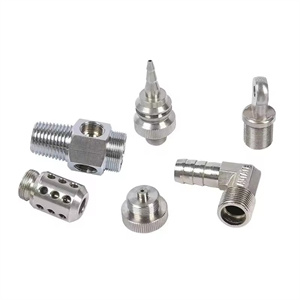Machined Ball Joints have the following applications in communication equipment:
1. Antenna adjustment mechanism
In the antenna system of communication base stations, ball joints can be used to achieve flexible adjustment of antennas from multiple angles. For example, enabling it to rotate freely in both horizontal and vertical directions to accurately align with the direction of signal transmission or reception, optimizing communication coverage and signal quality.
For the antenna of on-board or shipborne communication equipment, the ball joint can adapt to the bumps and shakes during the vehicle or ship’s movement, maintaining the stable direction of the antenna.
2. Foldable and portable devices
In some foldable communication devices, such as foldable mobile phones or portable satellite communication terminals, the ball joint can be used to connect the folding part, ensuring smooth folding and unfolding as well as stable connection.
Easy to adjust the angle of components such as screens or antennas to meet the optimal viewing angle and signal reception requirements in different usage scenarios.
3. Camera and monitoring equipment
A communication monitoring camera installed on a communication tower or building, with a ball joint that allows the camera to rotate and tilt in all directions, expanding the monitoring range.
Support fine-tuning of camera angles to ensure clear capture of critical communication facilities or surrounding environmental information.
4. Cable connection and wiring
The ball joint in the cable connection part of communication equipment can provide a certain amount of space for movement, reducing the tension and damage to the cable caused by equipment movement or vibration.
For example, in a mobile communication cabinet, cables are connected to connectors with ball joints, which can adapt to changes in the position of the cabinet.
5. Mechanical arms and automation operations
The ball joint of a robotic arm used in the manufacturing or maintenance process of communication equipment helps to achieve flexible movement of the end effector of the robotic arm, precise grasping and operation of components.
Capable of adapting to workpieces of different shapes and positions, improving the efficiency and accuracy of automated operations.
The flexibility and multi-directional movement ability of the ball joint provide more possibilities for the design and use of communication devices, which helps to improve their performance and adaptability.
